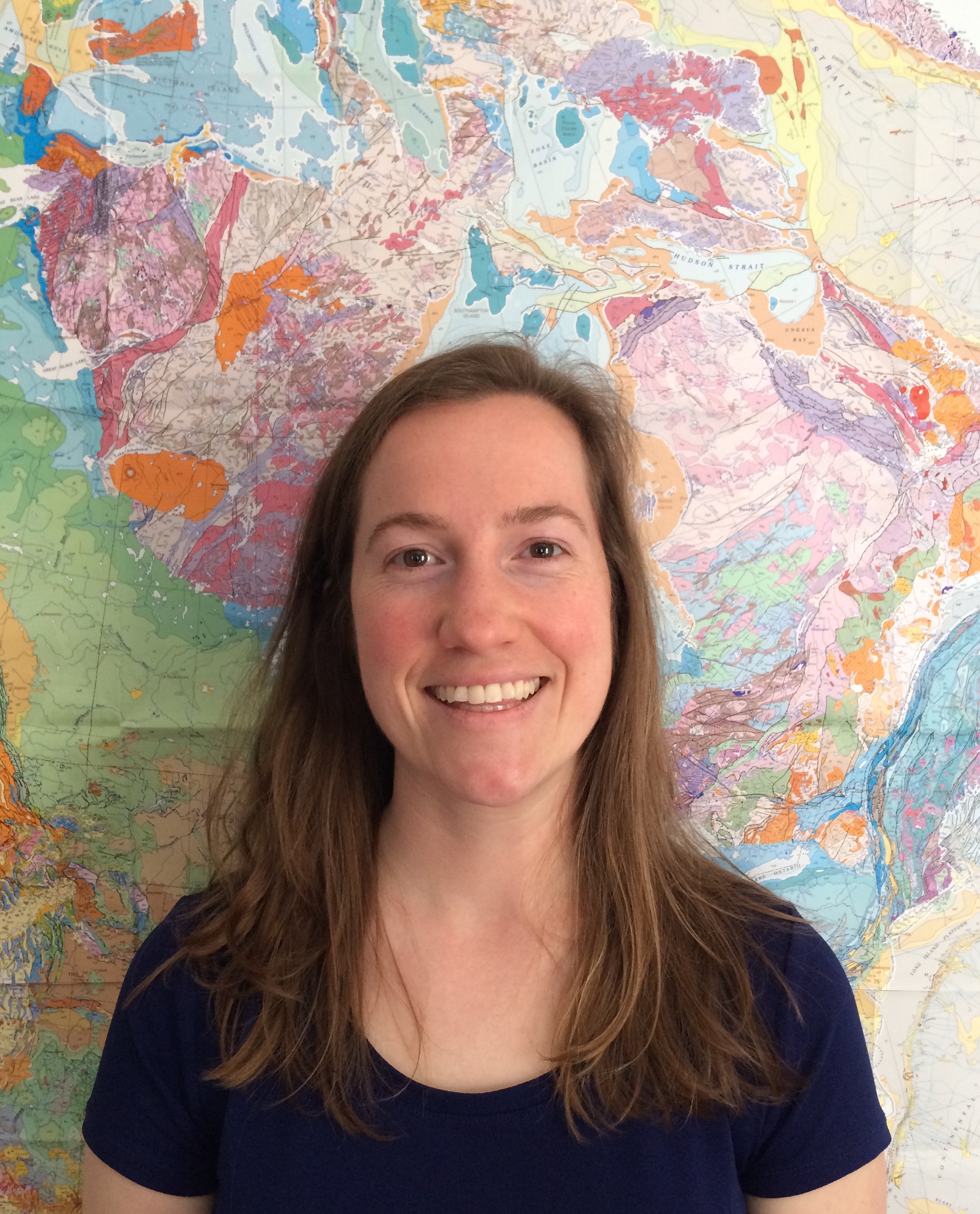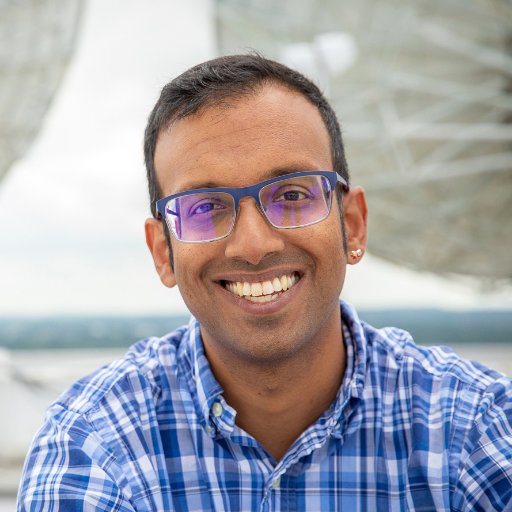 Annie Bauer – Geoscience
Annie Bauer – Geoscience
The growth and stabilization of a significant volume of continental crust, the start of plate tectonics, and the development of an oxic atmosphere represent fundamental changes that resulted in a surface environment favorable for the evolution of macroscopic life. Our research group investigates the origin and evolution of the continents and the rise of atmospheric oxygen. We integrate geochronology (e.g. U-Pb) with stable and radiogenic isotope geochemistry to evaluate the coevolution of tectonics and biogeochemical cycling on the early Earth.
 Ankur Desai – Atmospheric & Oceanic Sciences
Ankur Desai – Atmospheric & Oceanic Sciences
We study the positive, negative, and downright awkward interactions between the land and atmosphere over short (daily) and long (decadal) time scales. We measure how they exchange heat, water, and carbon, using a global network of flux towers organized by a global network of people. We are particularly interested in plants (i.e. vegetation cover) and their unique role in modifying these exchanges, especially how human changes in vegetation cover, via deforestation, hydrologic modification, and land-use change, modify the intensity and outcomes of land-atmosphere interactions. Our long-term experiments have led to greater understanding of how a turbulent atmosphere behaves in response to changes in vegetation cover, across wetland, lake, and forest ecosystems. Our measurements and models directly influence the scientific basis of global change and provide a baseline from which policy makers, land managers, and farmers make decisions about fossil fuel emissions, forest harvest, irrigation practices, and more.
 Tristan L’Ecuyer – Atmospheric & Oceanic Sciences
Tristan L’Ecuyer – Atmospheric & Oceanic Sciences
Our research incorporates innovative combinations of satellite observations and numerical models to examine energy and water balance in the Earth-atmosphere system. This requires a coordinated effort to develop and evaluate satellite data products, analyze the resulting datasets to probe relationships between the principal components of the global energy and water cycles, and use this information to evaluate the representation of key physical processes in both mesoscale and climate models. Through this combination of remote sensing, field work, data mining, and numerical modeling we hope to gain a better understanding of the climate system and evaluate our ability to predict its evolution.